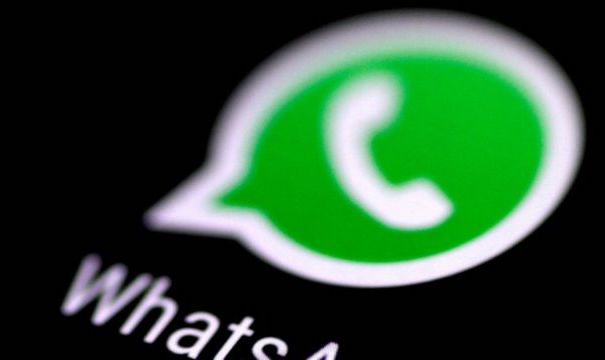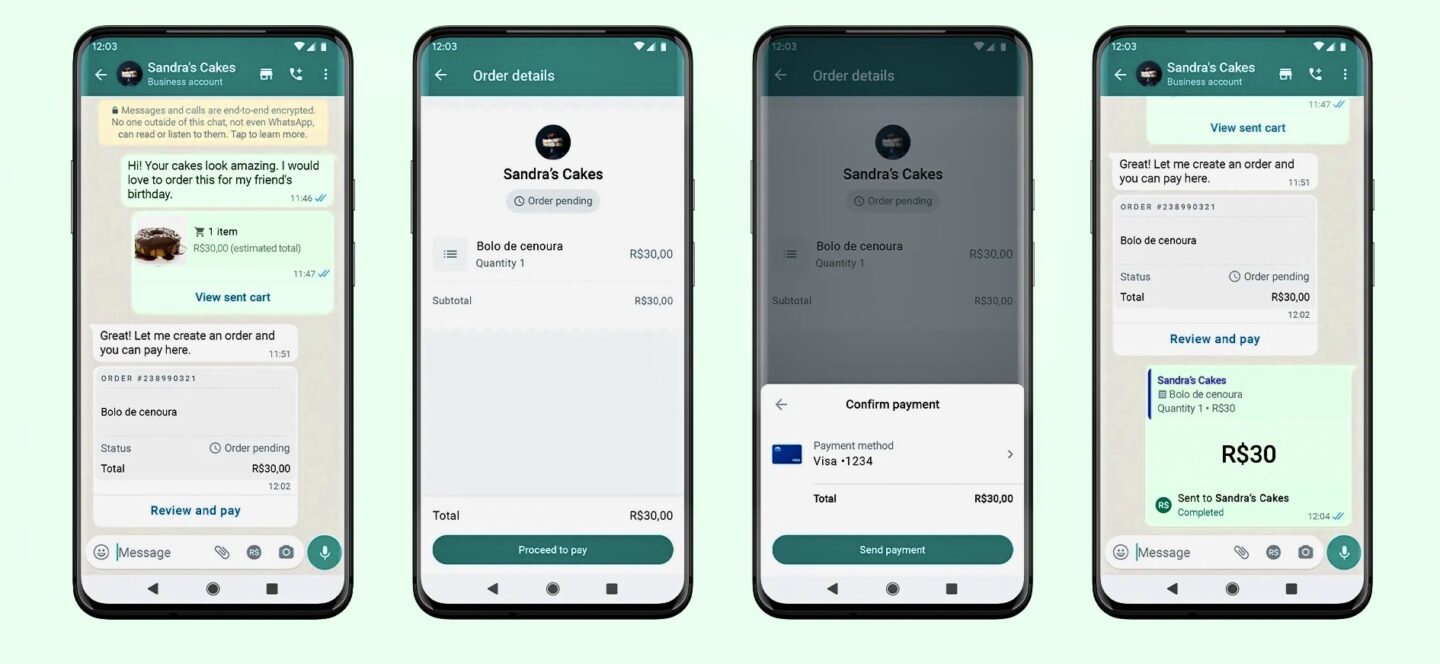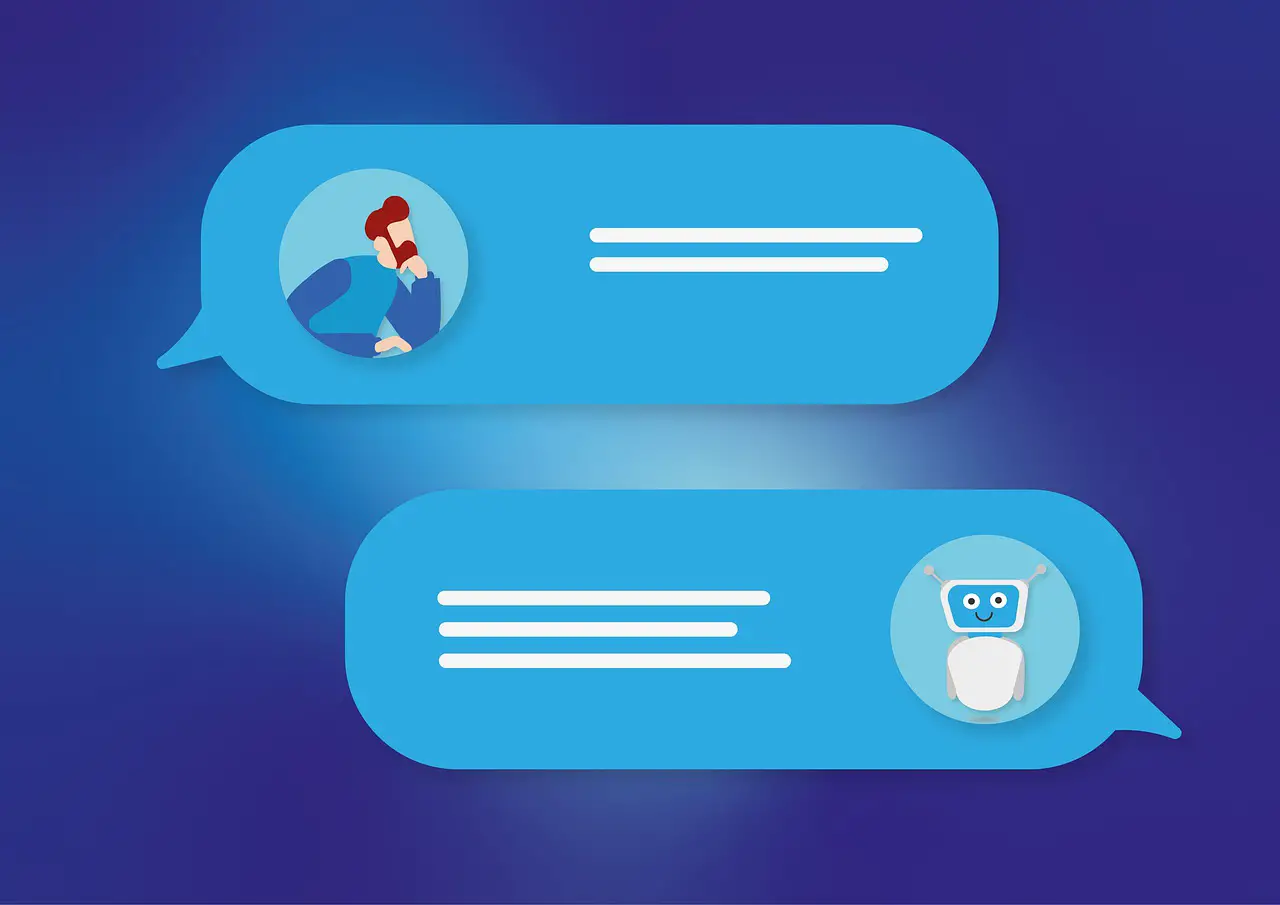Harnessing the power of artificial intelligence, ChatGPT has become a prevalent and versatile language model, providing assistance in various applications.
One such application is WhatsApp, the world’s most popular messaging app. In this article, we will explore how to integrate ChatGPT with WhatsApp, the benefits of doing so, and the various methods available for achieving seamless integration.
Table of Contents
A Comprehensive Guide to Integrating ChatGPT with WhatsApp
Artificial Intelligence (AI) has remarkably revolutionized various facets of our daily lives, and language models like ChatGPT have been at the forefront of this transformation. These AI models can offer a unique, interactive, and personalized communication experience when coupled with popular messaging platforms such as WhatsApp.
In this article, we delve into a detailed process of integrating ChatGPT with WhatsApp, discussing its benefits, available methods, and troubleshooting steps for a seamless experience.
A Closer Look at ChatGPT: Understanding Its Power and Evolution
ChatGPT, crafted by OpenAI, is a state-of-the-art language model that generates cohesive, contextually appropriate, and human-like text from given prompts. It boasts an extensive range of capabilities including, but not limited to, developing code, writing poetry, assisting in educational tasks, and even circumventing CAPTCHA verifications. GPT-4, the latest iteration of the AI model, has seen a notable improvement in its contextual understanding and response coherence, making it even more versatile and practical.
Evolution of AI Models From GPT-3 to GPT-4 and its Integration With Whatsapp
ChatGPT’s progression from GPT-3 to GPT-4 has significantly lessened its performance and capabilities. Users can now experience enhanced contextual comprehension, more consistent responses, and superior performance. These evolutionary leaps have positioned ChatGPT as an invaluable tool for various personal and professional applications.
WhatsApp The Global Game-changer in Communication
The journey from GPT-3 to GPT-4 saw significant improvements in the AI’s ability to understand and generate human-like text. With GPT-4, users can expect better contextual understanding, more coherent responses, and improved performance. These advancements have made ChatGPT an indispensable tool for various professional and personal applications.

Integrating ChatGPT with WhatsApp
The integration of ChatGPT with WhatsApp can primarily be accomplished through two methods: employing a chatbot or using an AI-powered keyboard. This section provides a step-by-step guide to both approaches and a troubleshooting section to tackle standard integration hitches.
Method 1: Integrate Whatsapp and ChatGPT with a Chatbot
- Choose a Compatible Chatbot: Many chatbots can facilitate the integration of ChatGPT with WhatsApp, including popular options such as Shmooz AI, Buddy GPT, and WizAI. It’s essential to conduct adequate research and select the chatbot that best aligns with your requirements.
- Set Up the Chatbot: To set up the chosen chatbot, follow the instructions provided, which usually involves creating an account and associating it with your WhatsApp.
- Commence the Conversation: Once the chatbot is correctly set up, it’s ready to interact just as any human would. Input your query, send it, and await the AI-generated response.
- Generate Images: Certain chatbots even offer the ability to generate images using ChatGPT. To use this feature, precede your text prompt with the word “image”.
- Upgrade to Unlock More: Most chatbots offer a limited number of free prompts. Consider upgrading to a premium version to continue availing of the AI’s capabilities.
Method 2: Use a Keyboard to Integrate WhatsApp and ChatGPT
Using an AI-powered keyboard is another viable method to integrate ChatGPT with WhatsApp. Here’s a step-by-step guide to achieving this integration effectively:
- Research and Select an AI Keyboard: Various AI keyboards are available that support ChatGPT integration. Some notable ones include Paragraph AI and Microsoft’s SwiftKey with Bing Chat. Prioritize your needs and preferences while choosing the most suitable keyboard.
- Download the AI Keyboard: Visit the relevant app store (Google Play Store for Android users, App Stores for iOS users) and search for the chosen AI keyboard. Click on ‘Install’ to download the app.
- Install and Configure the Keyboard: Open the downloaded app and follow the on-screen prompts to install the keyboard. This process usually includes granting necessary permissions and signing in or creating an account if required.
- Set the AI Keyboard as Default: Go to your device’s settings, find the ‘Language & Input’ or similar section, and set your new AI keyboard as the default input method.
- Test the Keyboard on WhatsApp: Open a WhatsApp chat and start typing. The AI keyboard should suggest prompts based on your input, which are powered by ChatGPT. You can select these prompts to quickly generate rich, contextually aware responses.
- Customize the Keyboard Settings: Most AI keyboards allow customization to optimize the user experience. Explore the settings to adjust language preferences, autocorrect options, prediction settings, and more.
- Upgrade for More Features: Some functionalities may require a premium subscription. If you find the keyboard beneficial and need more features, consider upgrading.
Comparing Both Methods: Chatbot Versus AI Keyboard Integration
Integrating WhatsApp with ChatGPT can be accomplished either by using a Chatbot or an AI Keyboard. Both methods have their distinct advantages and potential drawbacks.

Pros and Cons of Integrating WhatsApp and ChatGPT with a Chatbot
A chatbot, such as Shmooz AI or Buddy GPT, offers a straightforward and intuitive way of integration. Once the chatbot is set up, it interacts within WhatsApp as another contact, responding to prompts with AI-generated text.
Pros:
- Direct conversation with the AI within the chat interface.
- Some bots offer unique features like image generation.
- Bots can be used across different platforms, not only on the device where they were installed.
Cons:
- Chatbots may have a limit on the number of free prompts.
- Response time might be slower than an AI keyboard due to server processing.
- Bots can sometimes be more complex to set up and manage.
Pros and Cons of Using an AI Keyboard to Integrate WhatsApp and ChatGPT
AI keyboards like Paragraph AI or Microsoft’s SwiftKey with Bing Chat provide integration through your device’s input method. The AI assistance is integrated directly into your typing process, offering suggested responses or completions as you type.
Pros:
- Seamless integration into your typing process.
- Faster response times as the AI works locally on your device.
- It can be used across all apps, not just WhatsApp.
Cons:
- It might require changing your default keyboard.
- Not all keyboards support all languages and features.
- The user might need to adapt to a new typing interface and style.
Both methods provide valuable and unique ways of integrating ChatGPT with WhatsApp. Your choice depends on your specific requirements, preferred interaction style, and the features you prioritize. It’s all about choosing what fits your needs best.
Can I use ChatGPT with WhatsApp on any device?
Yes, you can use ChatGPT with WhatsApp on any device. Whether it's a smartphone, tablet, or computer, if it supports WhatsApp, you can integrate ChatGPT. So whether you're an iOS, Android, or Windows user, integrating ChatGPT with WhatsApp is feasible.
Do I have to pay to use ChatGPT on WhatsApp?
Some usage is free, but a premium subscription may be needed for unlimited use. Many chatbot services and AI keyboards start for free, then require a paid plan for advanced features.
Can I use ChatGPT in other apps apart from WhatsApp?
Yes, you can by using the AI keyboard method, ChatGPT extends to any application requiring typing. Chatbot use, however, hinges on their platform compatibility, with some supporting multiple platforms, not just WhatsApp.
